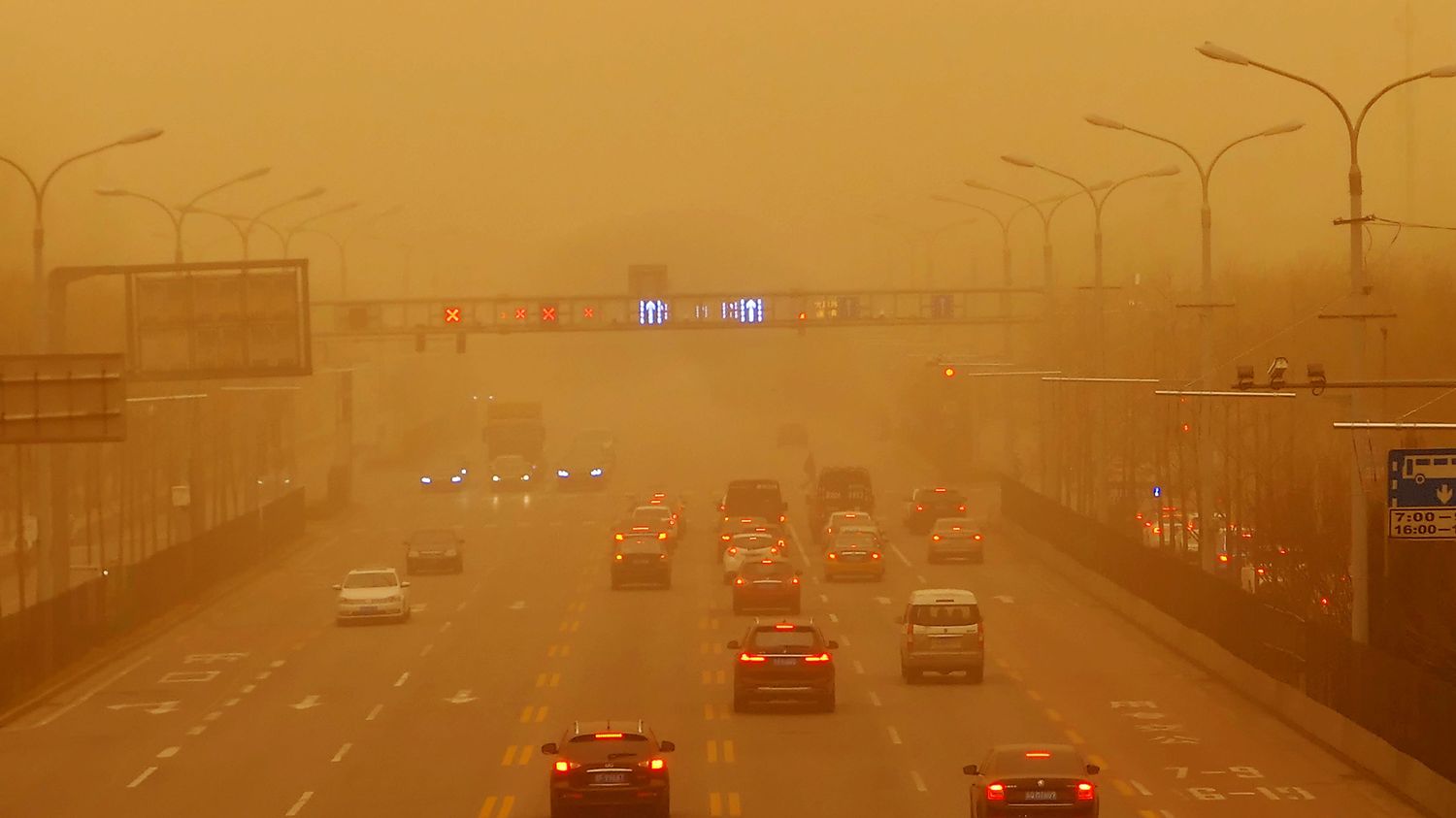It is a very impressive phenomenon: some large Chinese cities are covered by clouds of sand which sometimes last several days. The capital, Beijing, is particularly affected by these increasingly frequent sandstorms.
Each time, the same scenes are repeated and give the Chinese capital the appearance of the end of the world, with visibility sometimes reduced to a few tens of meters. You can barely see the skyscrapers in the distance that normally dominate the business districts of Beijing. Entire districts with several million inhabitants find themselves shrouded in a huge cloud of yellowish color.
And these scenes, indeed, repeat themselves more and more. Since the beginning of the year, China has experienced eight waves of sandstorms. This is unheard of for ten years. In March alone, the weather services recorded four waves, which again constitutes a record for one month. Beijing has suffered yet another storm this week, and the capital is far from being the only city affected. In general, it is all of northern China that is affected and the violence of the winds also carries the sand to the center of the country, also sometimes further south: Shanghai was also affected during the spring.
Consequences on pollution and public health
These sand clouds generate a very high level of pollution. Pollution with PM 10 particles, which have a diameter of less than ten micrometers. During the huge sandstorm that hit Beijing at the end of March, pollution from these particles was ten times higher than normal. Each time, the health services ask the inhabitants to avoid going out, not to practice any outdoor activity, in particular for people who already suffer from respiratory diseases.
The streets are generally much less busy. The passers-by that we can meet all wear the mask and more often protective glasses. The authorities also advise all those who go out to wear brightly colored clothes to avoid, for example, being run over by a car because of the lack of visibility.
Global warming behind the increase in these storms
The drought in northern China is causing the desert to advance inexorably. The vegetation is gradually disappearing and can no longer play its role of preventing the progression of sand when there are storms. There is no longer a natural barrier to stop dust arriving from the Gobi Desert between Mongolia and the Chinese province of Inner Mongolia. The sand can continue on its way to the rest of China.
In order to fight against this phenomenon, the Chinese have been pursuing a reforestation policy for several years, but this remains insufficient to stop the advance of the desert. China, experts say, needs to prepare for more and stronger sandstorms.
